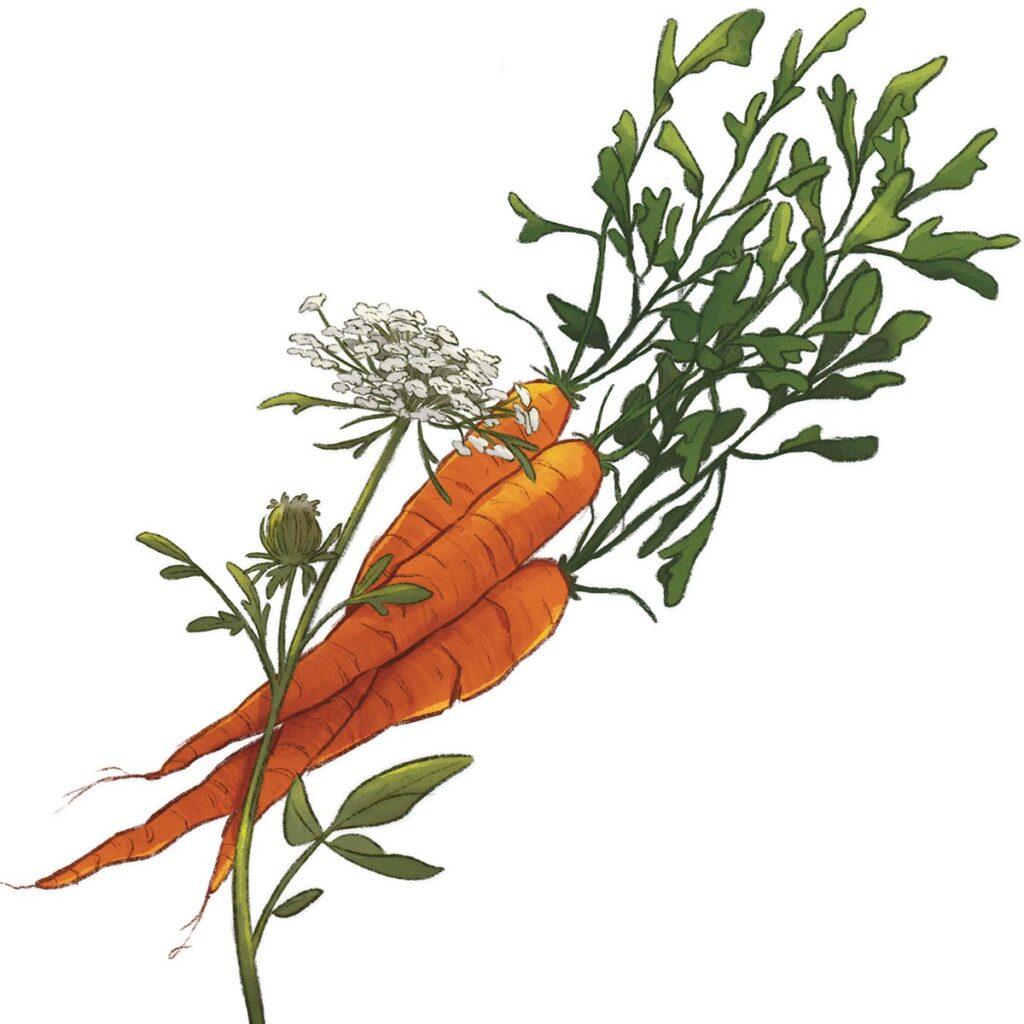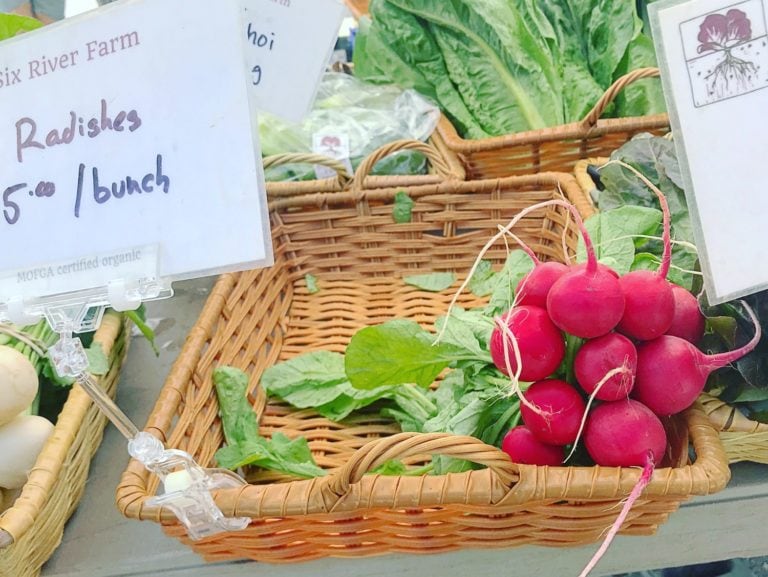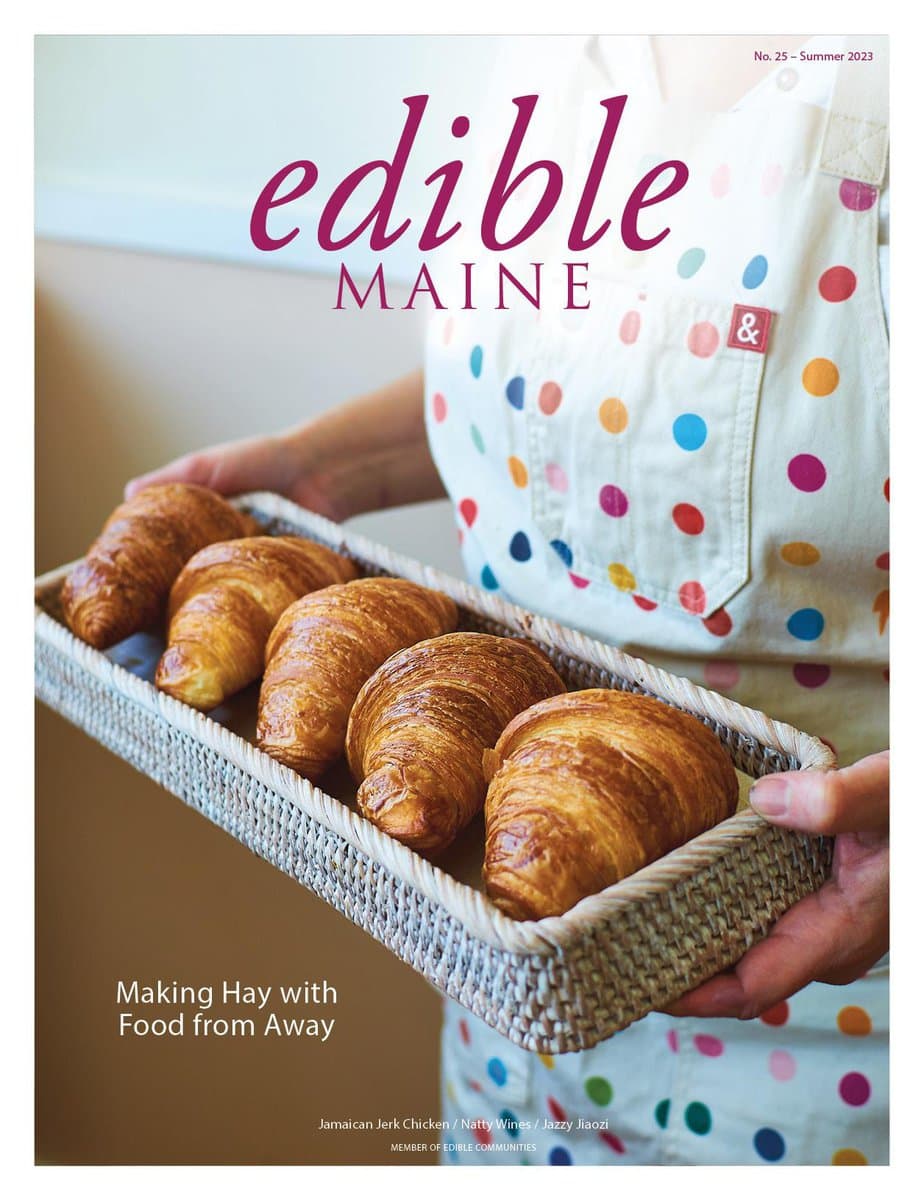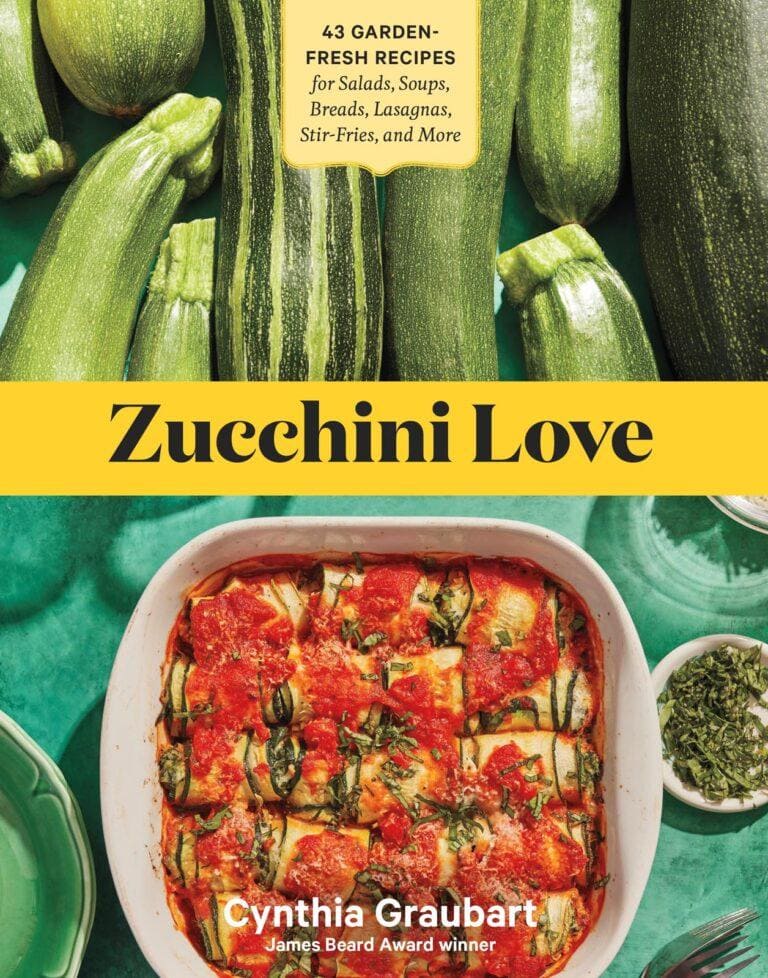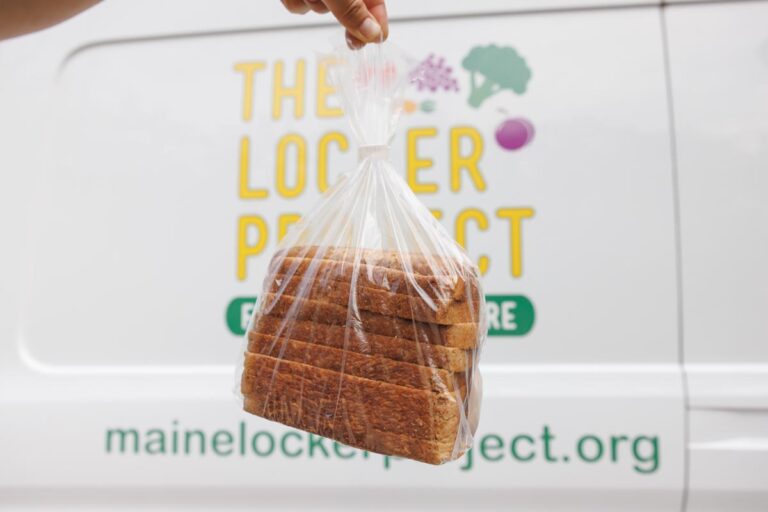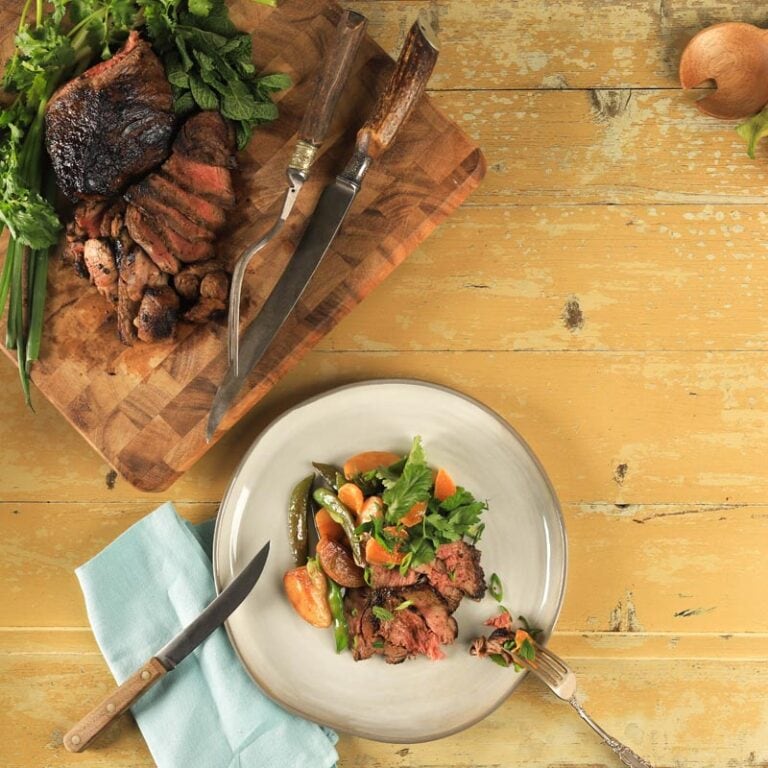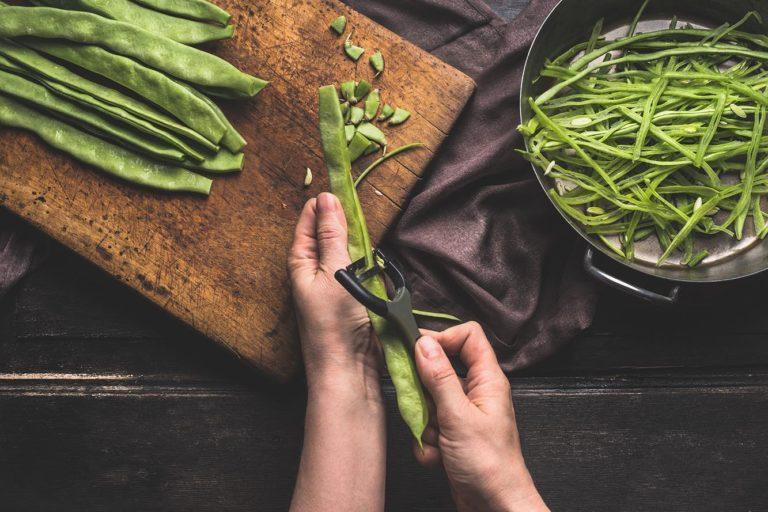Carrots and Queen Anne’s lace. One we prize for its carotene-rich root, the other for its beautiful flowers and seed heads. Both bridge our seasons. Sharing the same genus and species, Daucus carota, these two plants are actually one and the same.
Inside our winter kitchens, the carrot is a mirror of summertime. Outside, we see the reflection of this plant in the Queen Anne’s lace that stands in the winter landscape.
Carrots are one of the most common roots grown in New England, and they mimic the hardiness of the region’s residents. After they are sweetened with fall frosts, we’ve stored carrots at the farm all the way until our first harvest of newly pulled carrots the following June. We witness how our ancestors used root cellars to preserve the fall harvest until it blended into spring; the life cycle of the carrot seems never-ending.
Our winter bodies, often craving sunlight, are also naturally drawn to this vegetable that is its own version of stored summer. It is easy to add new flavors to our carrots with quick pickle recipes to inspire the palate or impress dinner guests. A farm favorite is to simply slice carrots lengthwise, sprinkle them with a touch of local sea salt, and let them sit in a covered container in the fridge overnight. This simple step pulls just enough extra juice from the carrot, and creates just the right salty-sweet balance, to make them the perfect snack after a long cross-country ski or walk in the woods.
The idealization of New England farms includes images of beautiful stone walls, rolling fields, and the places where the field edges meet the forest. It is in this landscape that we see Queen Anne toward the end of summer, her lacy flower faces open toward the sun. Distinguishable from water hemlock (the only similar-looking plant) by its hairy stems and lacy leaves, it, too, has an edible root. This original carrot, the Queen Anne, has a long white stem that can be dug up and used the same way as any orange carrot.
Add a little wild flair to your carrot salad or pickle by looking for the Queen Anne that has yet to flower. A biennial, she’ll flower her second year, taking energy from her root to create that flower stem and bloom. For the best-textured and best-flavored roots, look for the plants that haven’t flowered or started to produce a thicker stem coming from the center of the plant.
During the winter season, Queen Anne’s flower heads fold upright, looking like delicate upturned umbrellas, hoping to cup the quick-moving light as they make fanciful shadows on the barren landscape.
Mirroring the outside-in, seeing this relative of the carrot with its seed heads that often rise above the snow, can be a beautiful explicit reminder that our landscape is home to the food that we eat all year round.
Where to find your Daucus? Take a trip to one of Maine’s winter farmers markets, where there will be plenty in stock. Since they are often available in a full range of colors, a blind taste test is a fun way to see which colors might taste sweet and others more like “carrot.” With our mid-sized vegetable farm in Bowdoinham being just one example, there are many farms in Maine storing carrots all through the winter months, each bite a reminder of the summer that will come again.


